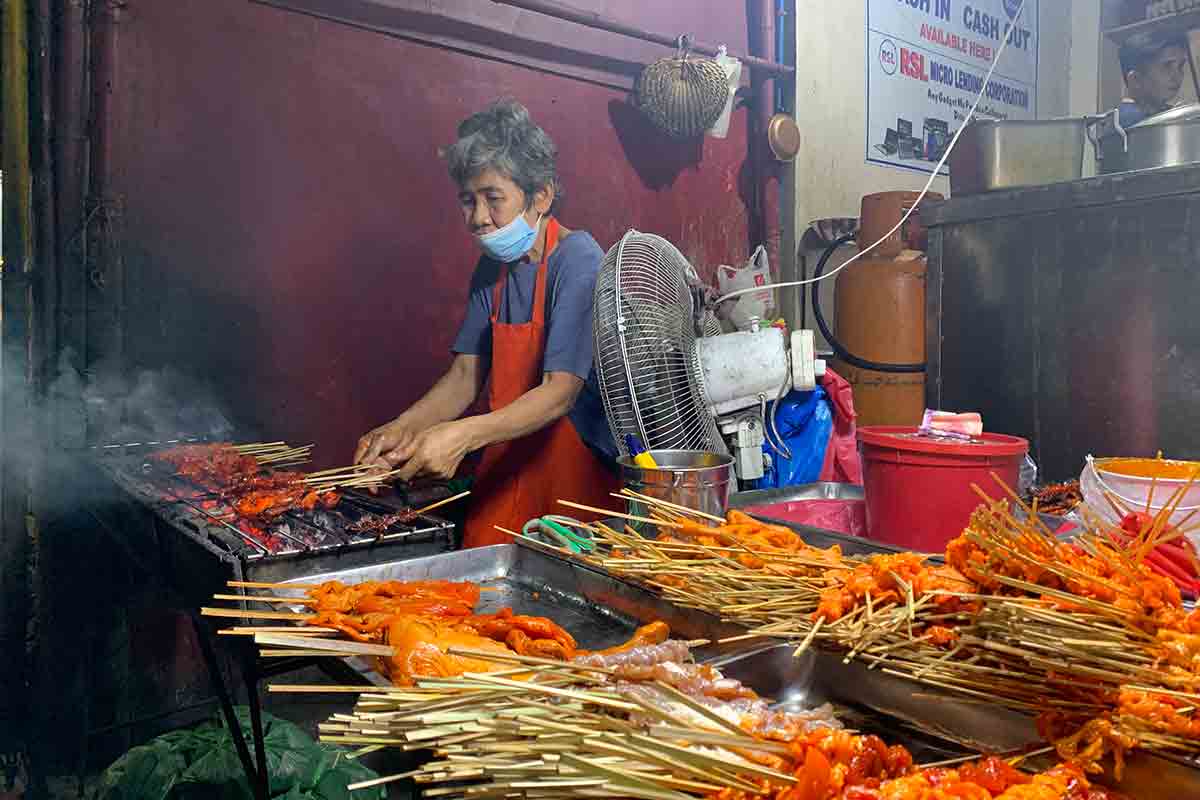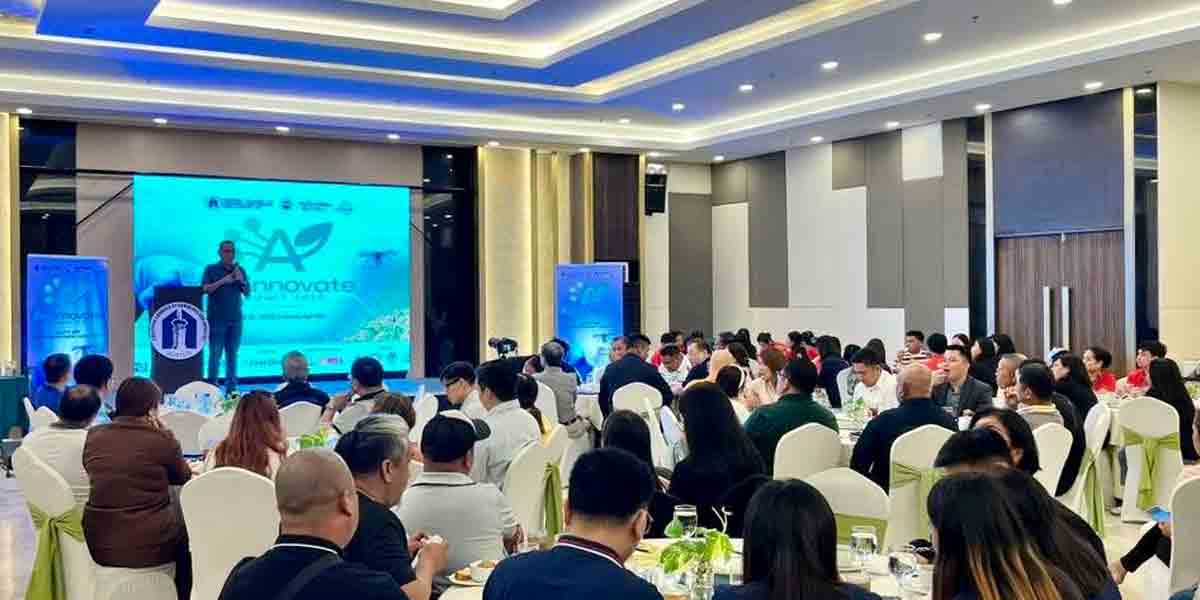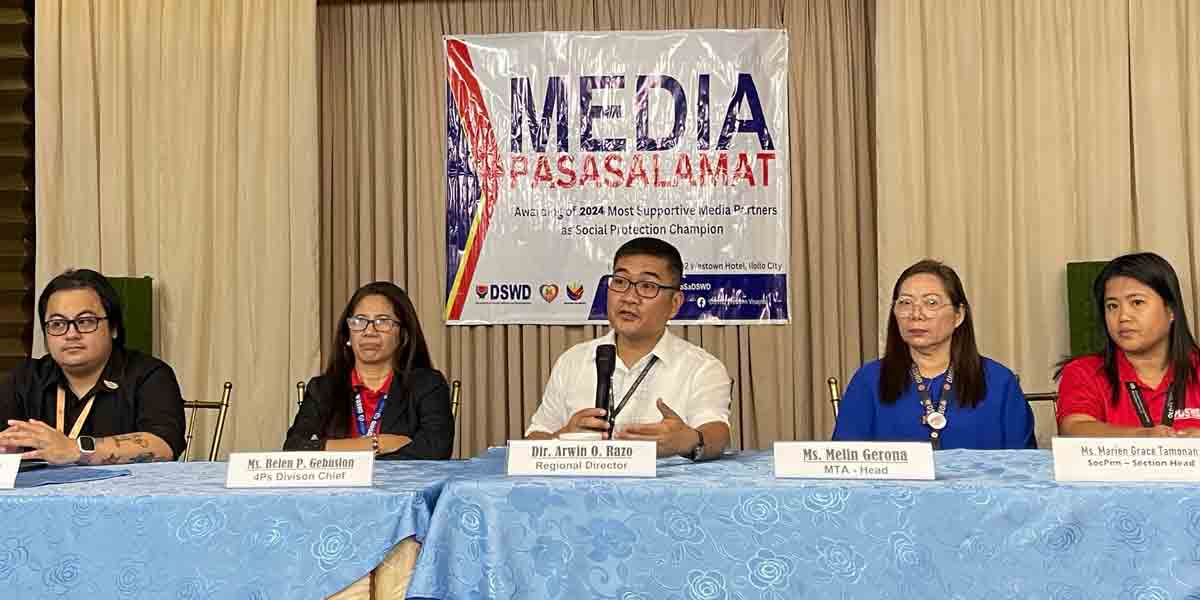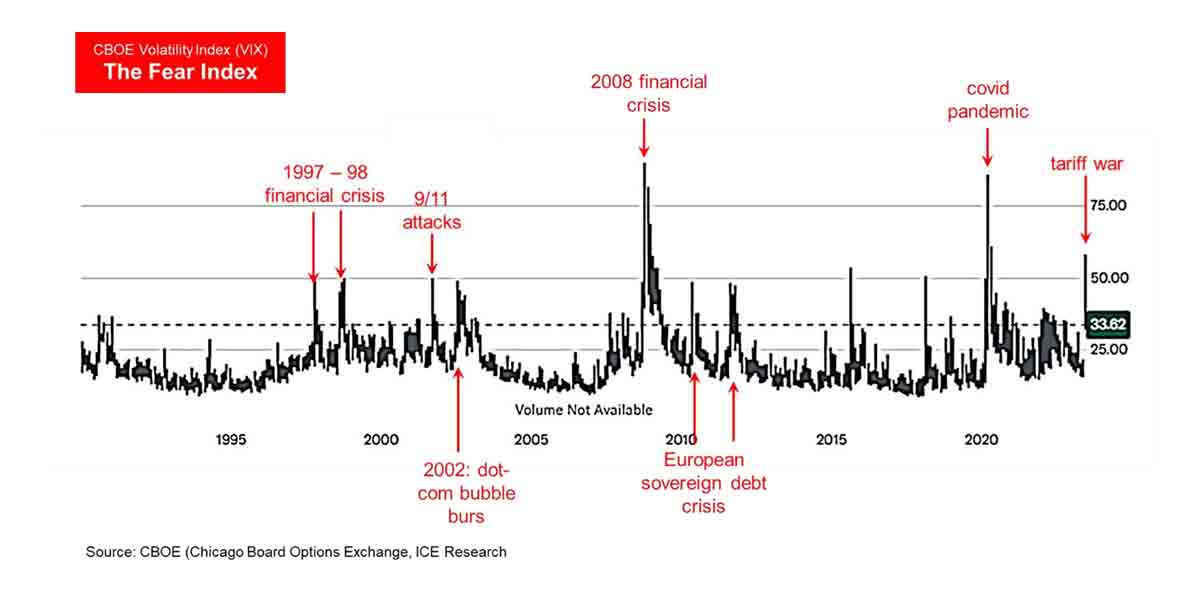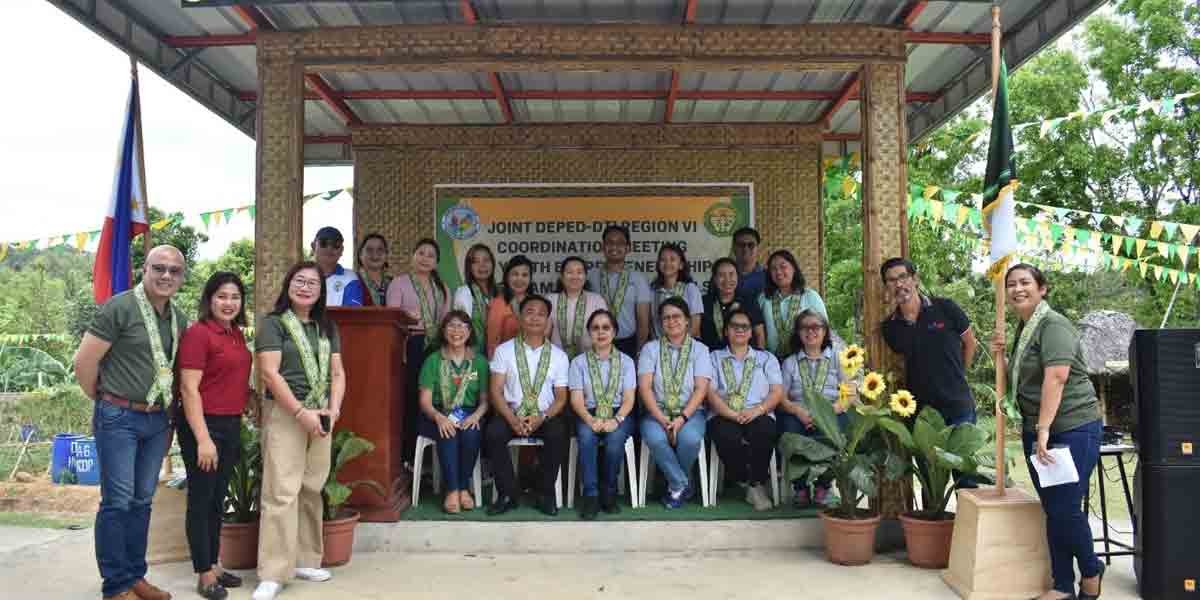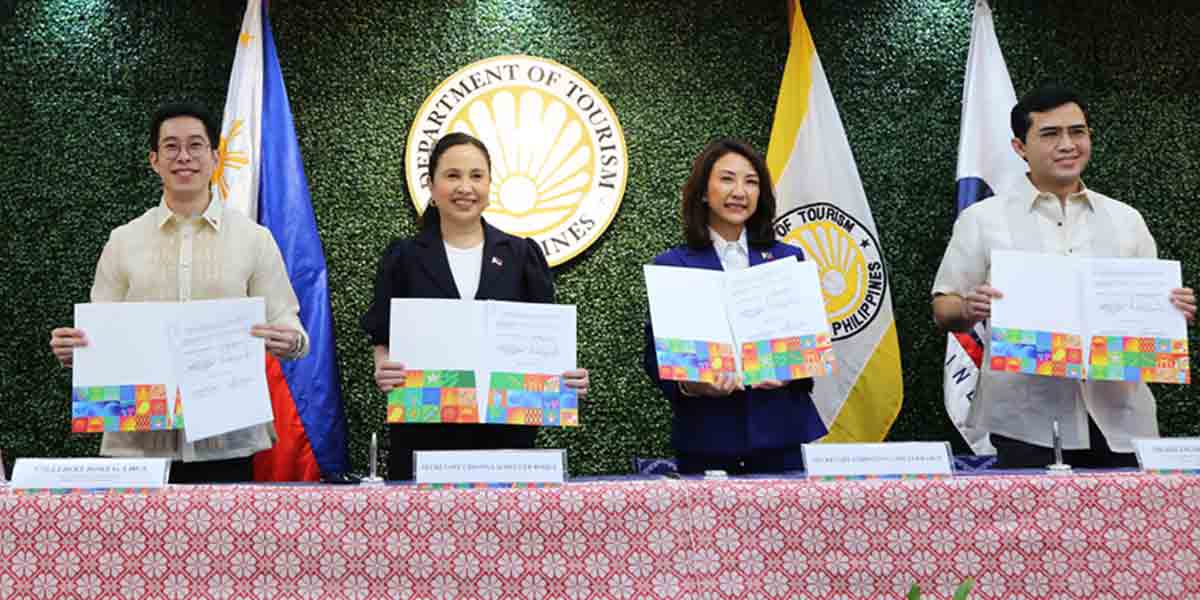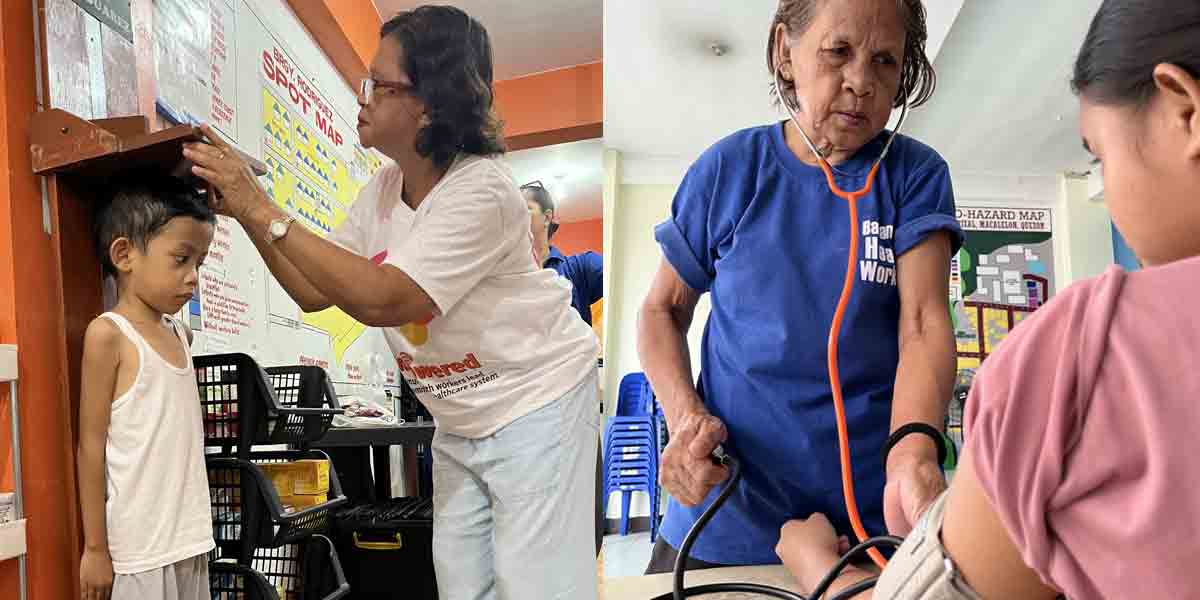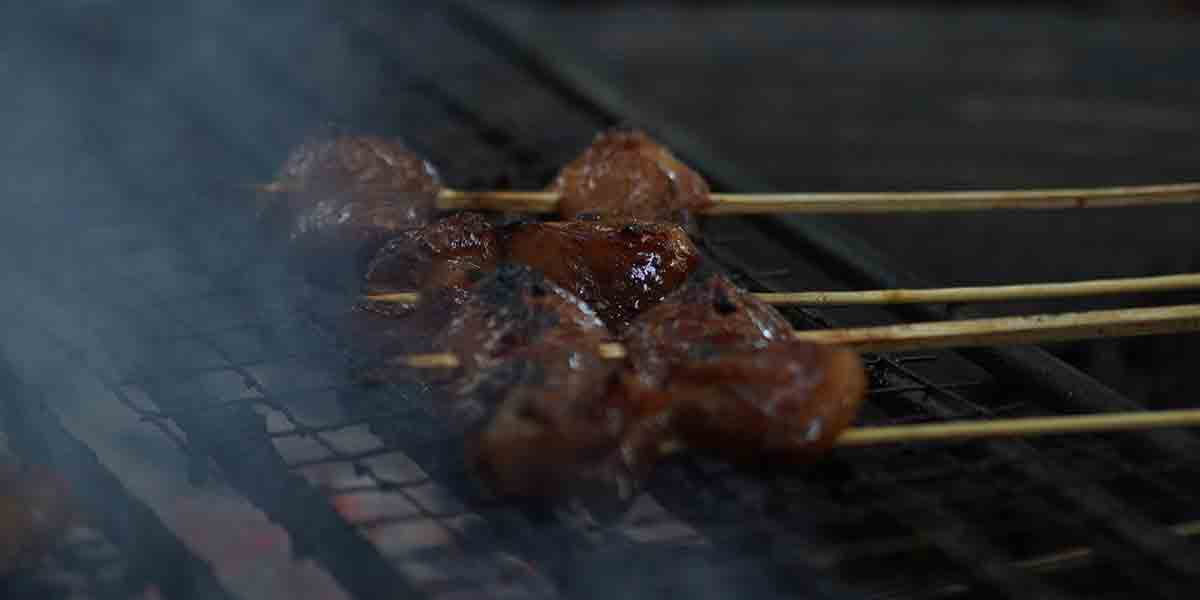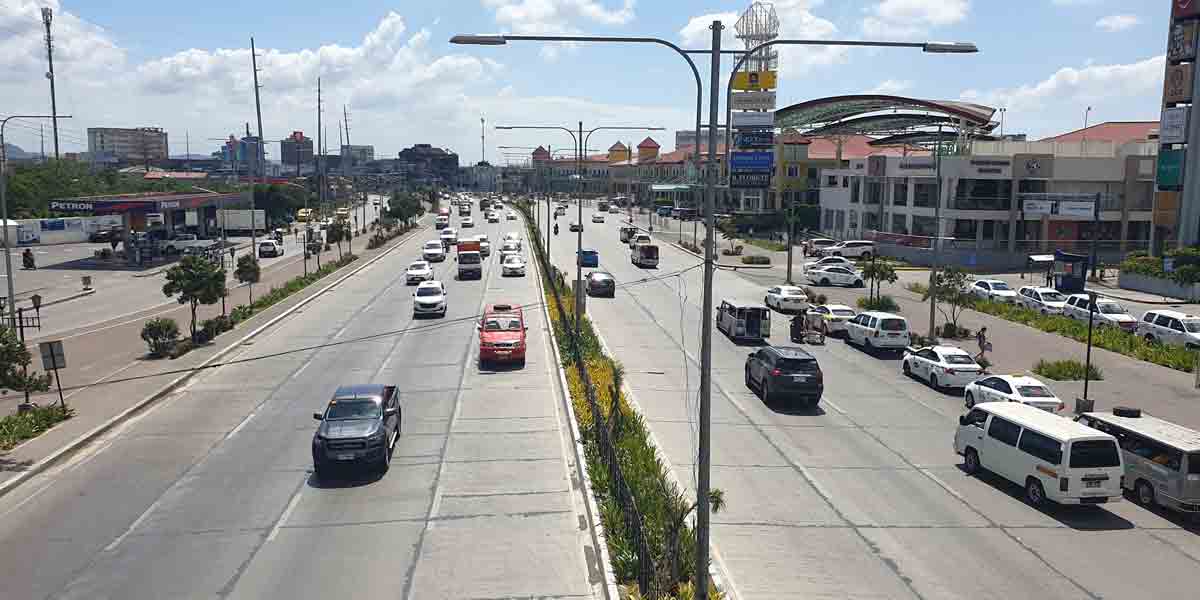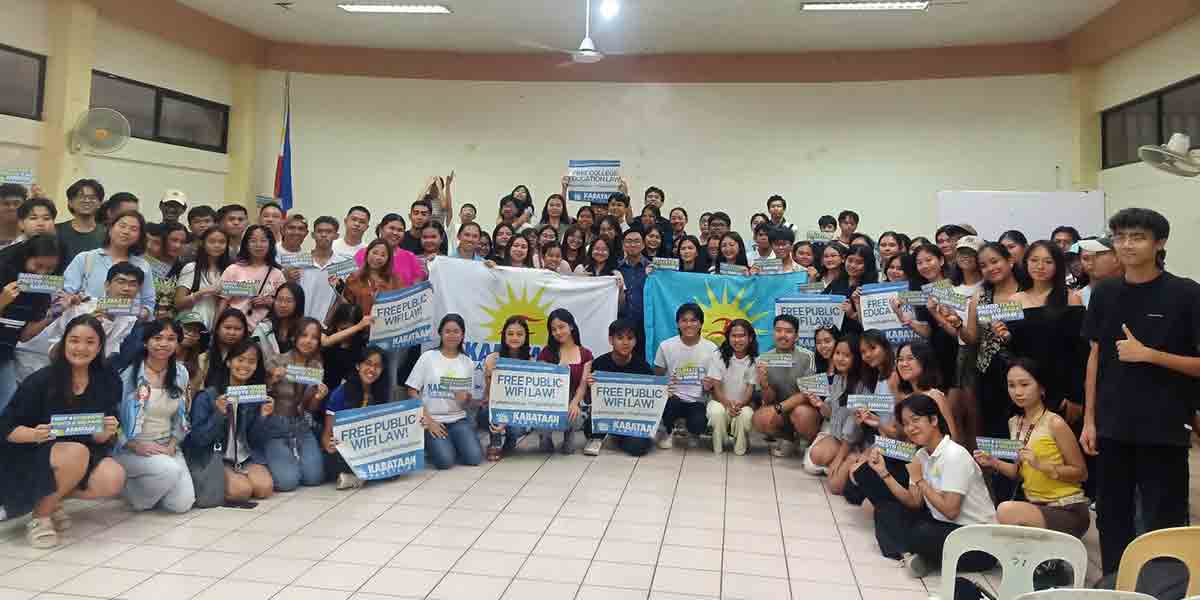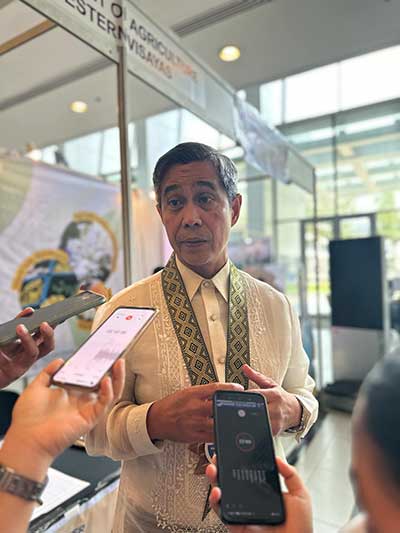
By Jennifer P. Rendon
With the current population of 119 million, the Philippines requires about 1.9 billion liters of milk annually.
However, the country is far from meeting that demand, said Atty. Marcus Antonius Andaya, administrator of the National Dairy Authority (NDA).
“Only 1% of our dairy needs are met through local production. That’s why we must change our approach,” Andaya said during the opening ceremony of the 2024 National Dairy Summit in Iloilo City on October 28.
He noted that the NDA is determined to double the country’s milk sufficiency rate by next year.
“The NDA is targeting 2.5% milk sufficiency by 2025. That goal is based on the budget provided by Congress. With that budget and the support of stakeholders, I am very optimistic we can reach that target, which has remained stagnant at 1% for a long time,” he said.
While the increase may seem modest, Andaya described it as a breakthrough, marking the first substantial progress in dairy sufficiency in many years, especially under the Marcos Jr. administration.
He added that while they could project higher targets, the agency is constrained by its limited budget.
Andaya said the NDA is taking a proactive stance in implementing programs to further develop the local dairy industry through policy direction, program coordination, and execution.
“We aim to improve livelihood opportunities, increase incomes for small, rural-based dairy farmers, contribute to food security, and provide safe, quality milk products and proper nutrition for consumers,” he said, addressing hundreds of participants at the National Dairy Summit.
Andaya also highlighted the NDA’s long-term goal of achieving 5% milk sufficiency, or 80 million liters of milk, by 2028.
To achieve these goals, the NDA plans to focus on several key areas: increasing the herd, improving yields, raising demand, boosting public awareness, and increasing the number of dairy farmers.
Increasing the Herd
Andaya said the NDA’s primary goal for 2025 is to increase the number of dairy animals in the country, which currently averages 10 liters of milk per cow per day.
“With only 18,720 animals on the milkline contributing to 17 million liters of milk production today, we need a larger herd,” he said.
To address this, the NDA plans to aggressively import dairy cattle. Since dairy cattle are not native to the Philippines, importing them is essential to boost milk production.
“No matter how much you squeeze the faucet, if the water source is limited, you’ll get only a few drops. These imported cattle will be cared for in NDA stock farms, and their acclimatized offspring will be distributed to local farmers,” Andaya explained.
The NDA expects to complete five stock farms by the end of the year, with operations starting in 2025. These farms are located in Tinio, Nueva Ecija; Ubay, Bohol; Malaybalay, Bukidnon; Prosperidad, Agusan del Sur; and Carmen, Cotabato. The agency is also considering establishing another farm in Roxas, Palawan, to geographically balance its stock farm sites.
More Yield
Andaya said improving milk yields through better feeding, nutrition, and animal care is another priority.
“Good nutrition and animal health care allow farmers to sustainably produce more milk while enhancing animal welfare, even without increasing the herd,” he said.
A significant challenge, however, is the lack of sufficient feed for the animals. To address this, the NDA plans to focus on ensuring a steady and nutritious feed supply for farmers. Western Visayas has been selected as the pilot site for the NDA’s feed center project, which will allow farmers to access a reliable feed supply and focus more on farm operations.
Higher Demand
Andaya noted that increasing the herd and yield will naturally lead to higher milk production. To support local producers, the NDA plans to collaborate with the commercial sector to absorb locally produced milk.
“This initiative is expected to reduce the country’s 99% reliance on imported milk and ensure that Filipino farmers have a stable and steady market,” he said.
Increasing Public Awareness
The NDA is also preparing to launch a more active National Dairy Campaign to promote the nutritional benefits of milk, particularly for children, pregnant women, and nursing mothers.
“We want to engage communities at the local level, raising awareness of milk’s value in everyday diets,” Andaya said, acknowledging that Filipinos generally do not consume much milk.
More Dairy Farmers
Alongside increasing the herd, yield, and demand, the NDA is working to boost the number of dairy farmers.
“The Department of Agriculture, through the NDA, is committed to empowering every Filipino to be part of this transformation. Dairy farming is no longer limited to large-scale farms; it is now within reach for everyone—from backyard raisers to aspiring entrepreneurs,” Andaya said.
He added that with the NDA’s streamlined processes, anyone, whether small-scale farmers or entrepreneurs, can participate in the industry.
Addressing the Gaps
Andaya said the National Dairy Summit, the first since the pandemic, offers a chance to identify and address gaps in the dairy value chain.
“Currently, 99% of our dairy needs are sourced from other countries, but that doesn’t discourage me. Instead, it motivates me to make a difference. With the help of our farmers, partners, and stakeholders, the NDA can make an impact,” he said.
The 2024 National Dairy Summit attracted around 500 participants, surpassing the organizer’s original projection of 300.
Architect Johnny Que, president of Western Visayas Dairy Farmers and Stakeholders Agriventures, Inc., said the summit serves as a platform for participants and exhibitors to explore the future of dairy in the Philippines.
He added that this year’s summit focused on advancing “DAIRYpreneurship,” innovation, nutrition, sustainability, and food security.

